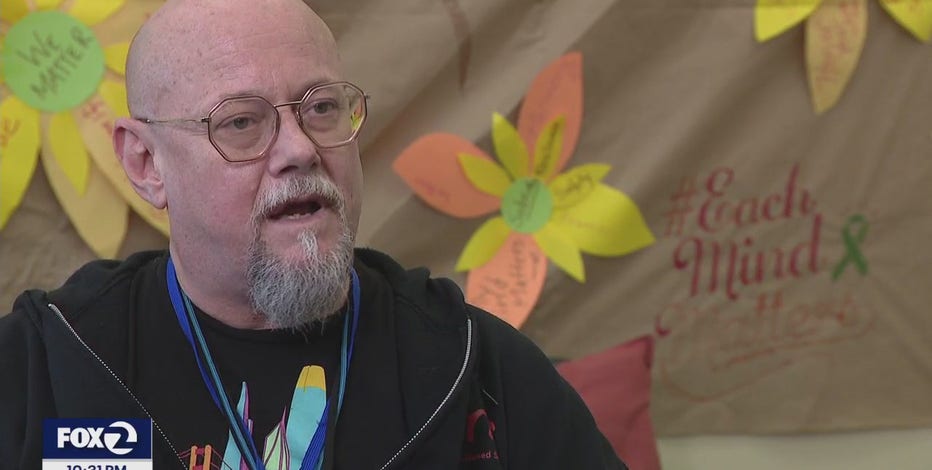Highland dermatologist changing status quo on skin diseases in Black patients
OAKLAND, Calif. - Research shows skin diseases are often overlooked in Black patients because they look so different on skin of color. The impact can be deadly in some cases.
A dermatologist at Wilma Chan Highland Hospital is working to change that by educating young doctors about skin conditions on all types of skin.
Three years ago, Dr. Leon Clark founded Alameda Health System’s dermatology department, and now it’s a fully staffed clinic supporting underserved patients in the East Bay.
"Unfortunately, when you google rosacea, this is what you see and this is what you see in the textbooks," Clark said, pointing to images of white skin with red and pink splotches.
However, rosacea looks different on darker skin. It can be deadly when a severe skin disease, like melanoma, is overlooked.
While organizations like the Skin of Color Society is raising awareness on a national scale about diseases impacting people of color, a study by the National Library of Medicine found that nearly half of dermatologists feel their training was inadequate to diagnose skin disease in patients of color.
"If you don’t know what to look for, you just won’t see it," Clark said. "We teach young doctors specifically about skin of color, and specifically about how to take care of people here in our community."
Highland Hospital is a teaching hospital, which means resident physicians are learning from experienced doctors in different specialties. Clark regularly trains emergency medicine, internal medicine, and surgery residents.
About 85% of Alameda Health System’s patient population are people of color. In 2023, the dermatology department saw about 4,000 patients.
"This morning I saw 12 patients, I think 8 or 9 of them were people of color, black or brown patients," Clark commented.
Felicia Woods has a rare and painful form of psoriasis that severely affects her feet. It was originally misdiagnosed as a foot fungus by a podiatrist.
"This was a big let-down for me to not be able to get out and go to work," she said.
Woods has been seeing Dr. Clark for about a year. "Just by looking at me, he asked me to see my elbows, and he said, ‘I know what you have,’ and that was a blessing to me, because I was here for three months getting treated for fungus," she explained.
"We’ve come a long way," Clark said, looking at images of her swollen feet and puffy toes, with puss-filled nail beds.
Woods said the goal is to be able to walk in normal shoes again, with the help of Dr. Clark’s treatment. "Slowly but surely. I’m just thankful for Dr. Clark."
Clark also does outreach to primary care clinics in the Bay Area to help them to spot skin conditions and diseases early and hopefully improve health outcomes for people of color.
Featured
Mental health advocacy group prepares to march in SF Chinese New Year Parade
When Gregory Broyles walks through the streets of San Francisco, he sees a place of love and support. It's a city that stood with him in his darkest moments.


